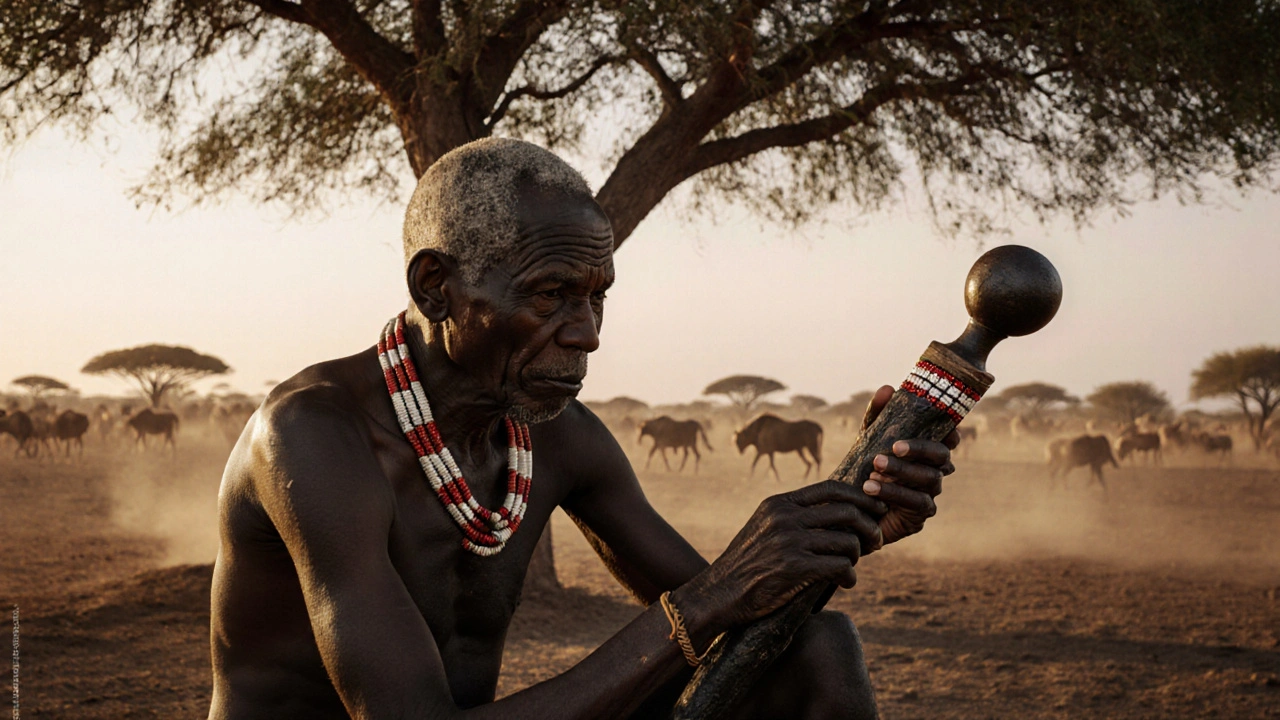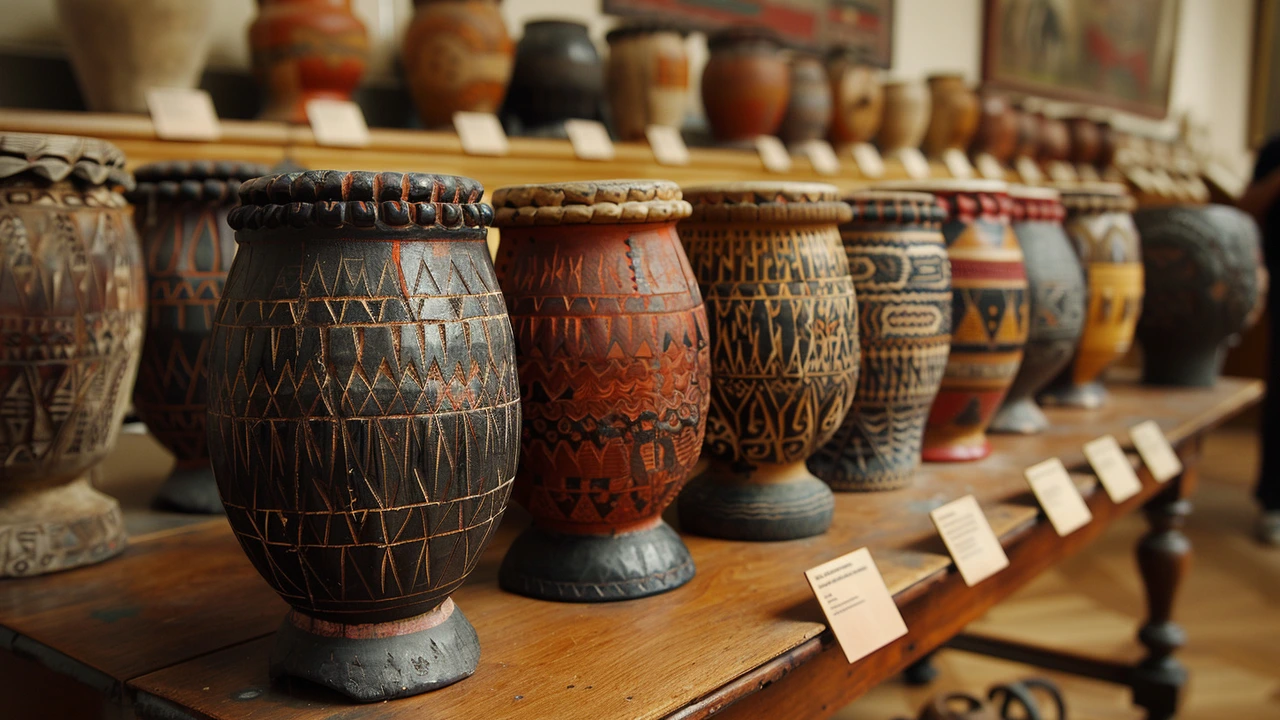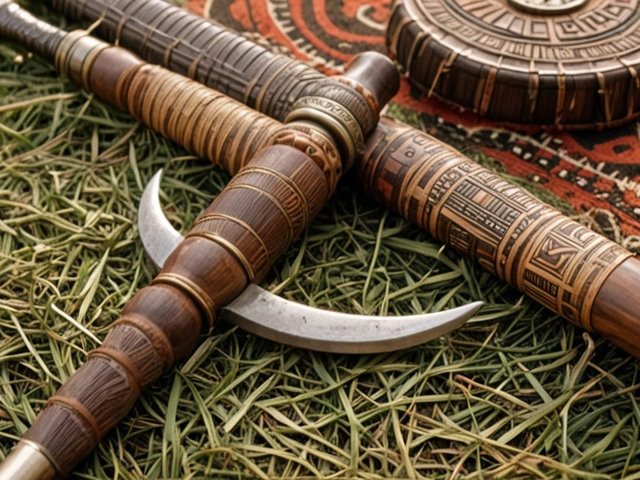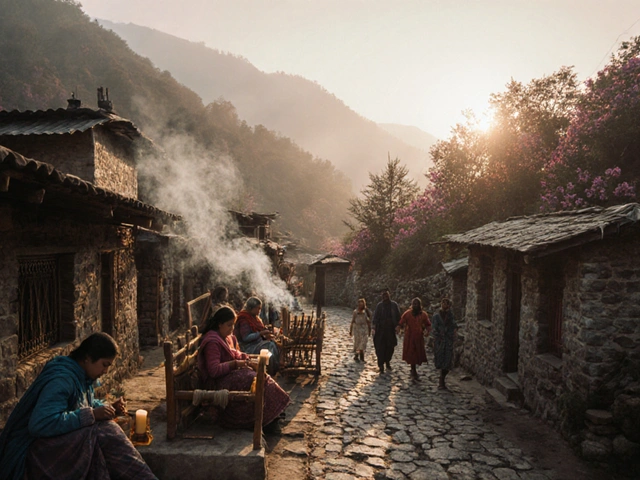Cultural Symbol: How Traditional Massage Practices Carry Meaning
A massage can be just muscle work—or it can carry generations of meaning. Many traditional therapies you’ll read about here, like Hilot, Lomi Lomi, Kahuna, and the hammam, are living cultural symbols. They blend techniques, stories, rituals, and social rules. Knowing what those symbols mean helps you get more from a session and avoids accidentally being disrespectful.
Take Hilot and Lomi Lomi: they’re not only hands-on techniques but also tied to family lineages, spiritual beliefs, and local health ideas. A hammam visit mixes steam, exfoliation, and social ritual that’s been a community habit for centuries. When a treatment includes prayer, chant, or a specific sequence of touches, those elements signal cultural value, not just showmanship.
Recognize the signals
Want to know if a massage is a cultural symbol or just inspired-by? Look for a few clear signs: the practitioner mentions a place of origin, training that’s passed down through families or communities, special words or short rituals before or after the session, and techniques named in the native language. If you see these, you’re in a tradition, not a generic spa treatment.
Simple examples: a therapist calling out traditional names for strokes, using specific oils tied to the culture, or starting with a short blessing. Those actions tell you this is more than bodywork. They also guide how you should behave—quiet respect, following the practitioner’s lead, and asking before you take photos or record anything.
Practical tips when you book or attend
Ask one quick question up front: “Is this a traditional practice from a particular culture?” If yes, ask about what to expect—draping rules, whether the session includes song or prayer, and any post-session etiquette. That single question shows respect and helps you avoid awkward surprises.
Support authenticity: choose practitioners who trained in the tradition or come from the community. Pay fairly—specialized training and cultural knowledge deserve a proper fee. Follow the therapist’s instructions about clothing, movement, or silence. If a ritual element makes you uncomfortable, say so politely; a good practitioner will adapt without losing the practice’s core meaning.
Be mindful about cultural appropriation. Don’t treat rituals as props for social media. Ask before photographing, avoid pressuring practitioners to perform shortened or “Instagram-friendly” versions, and don’t demand price cuts because a practice seems old or informal.
Curious to learn more? Check our posts on hilot, Lomi Lomi, Kahuna, hammam, and other traditions to see origins, what a session feels like, and how to honor each practice. Understanding the symbol behind the touch makes the whole experience richer—for you and the people who keep these traditions alive.

The Rungu: A Significant Symbol of African Tradition
The rungu is a traditional African club with deep cultural roots, used for protection, leadership, and ceremony among communities like the Maasai and Kikuyu. More than a weapon, it symbolizes identity, resilience, and heritage.

Rungu: The Multi-purpose African Weapon – History, Uses, and Significance
Dive into the fascinating world of the rungu, a traditional African weapon that has stood the test of time. This article explores its origins, its various uses throughout history, and its symbolism in African societies. We'll uncover how the rungu has been more than just a weapon – serving as a tool, a symbol of authority, and a cultural artifact. By understanding the multifaceted roles of the rungu, we gain insights into African heritage and the ingenuity behind this remarkable object.
Categories
- Health and Wellness (148)
- Alternative Therapies (86)
- Massage Therapy (40)
- Travel and Culture (15)
- Beauty and Skincare (9)
- Holistic Health (8)
- Health and Fitness (5)
- Spirituality (5)
- Other (2)
- Personal Development (2)



